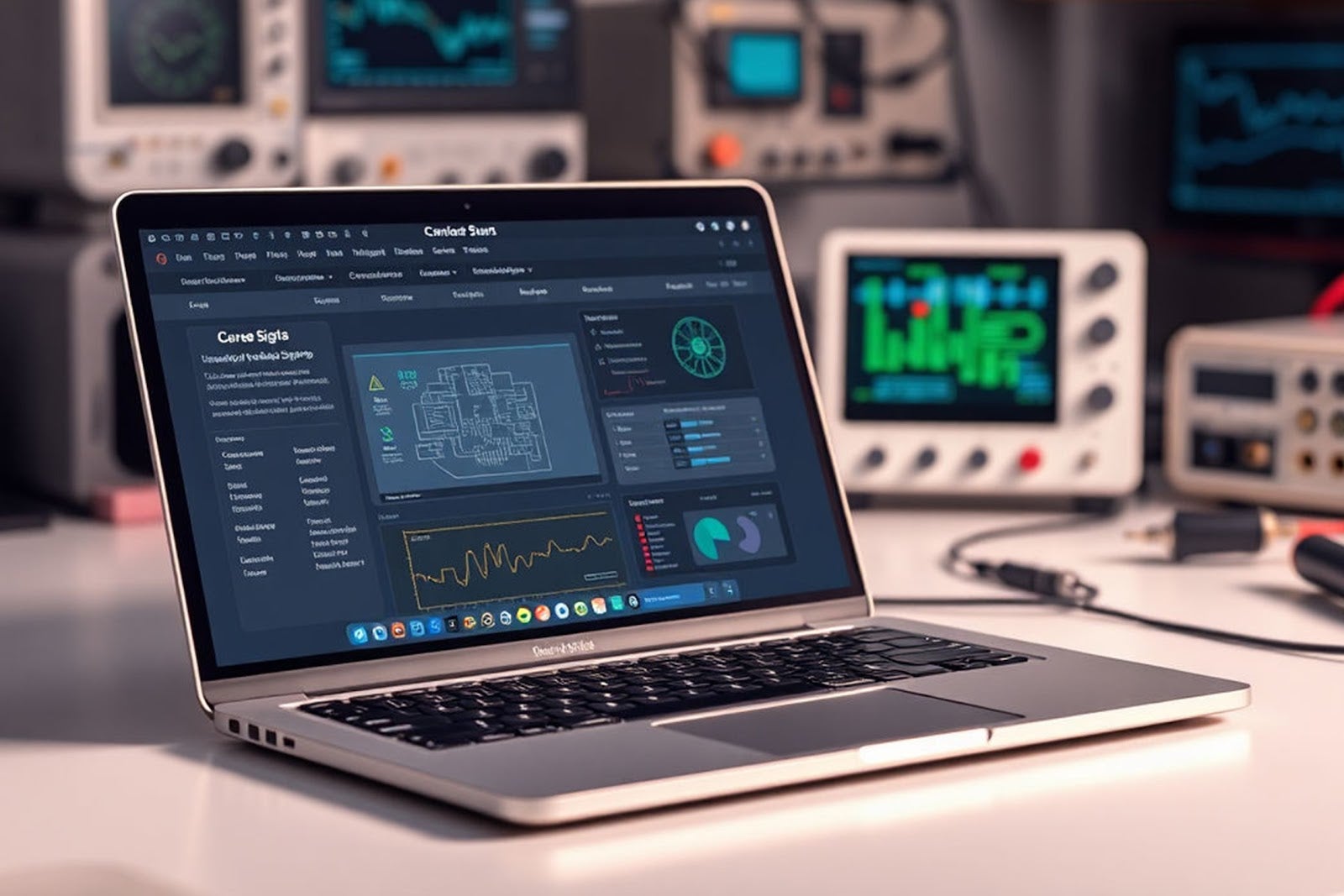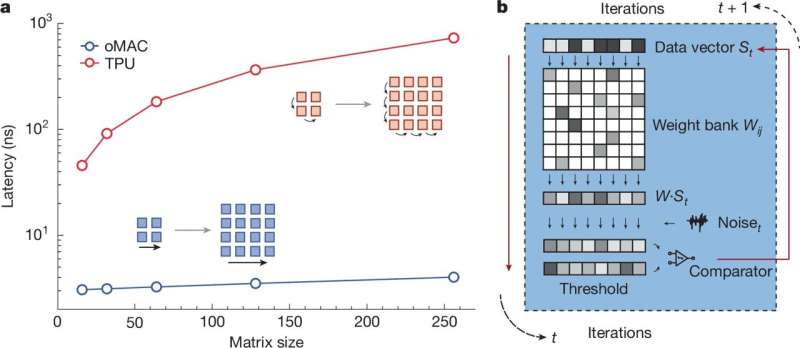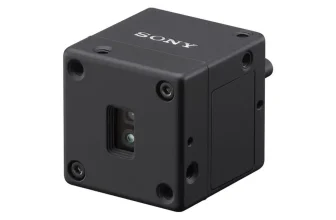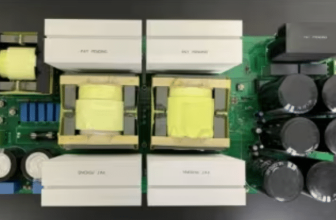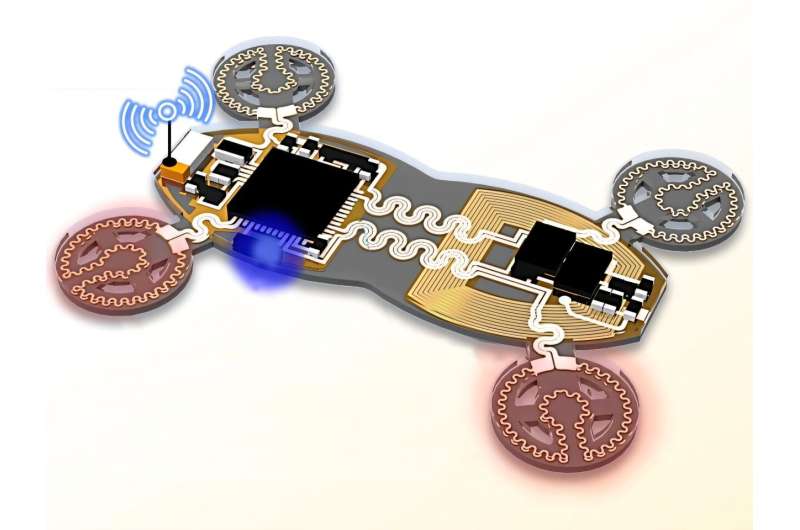
Check out our latest products
A tiny, soft robot that moves with magnets could crawl through debris or inside the body to find survivors, deliver medicine, or detect health problems.
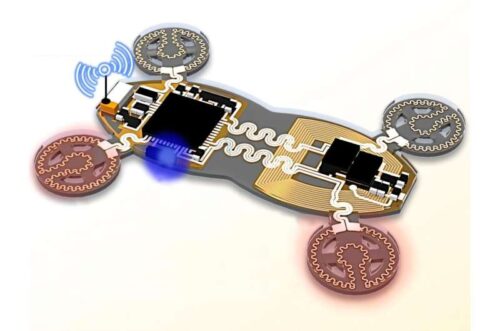
A small, soft robot that can move through earthquake debris to locate trapped people or travel inside the human body to deliver medicine might sound futuristic—but a global research team led by Penn State is working to make it real. They’re developing flexible robots by combining soft materials with magnetically controlled movement and built-in electronics.
Researchers showed how soft, flexible robots move by filming them as they crawled and rolled along simple paths. These robots have tiny magnetic parts inside their soft bodies, which let them respond to outside magnetic fields. By changing the strength and direction of the magnetic field, the robots can be made to bend, twist, or crawl, all without using batteries or wires.

One of the main challenges in developing this technology was integrating flexible electronics without restricting the robots’ movement. Although the electronics were designed to be bendable, they were still significantly stiffer than the soft materials used in the robot bodies. To solve this, researchers spread the electronic components throughout the robot’s structure, minimizing their impact on motion.
One big challenge was stopping outside signals, like Wi-Fi or nearby electronics, from messing up how the robot moves or how its sensors work. The robots use magnets to move, but magnets can also confuse the electronics, so the team had to carefully plan where to put the parts to keep everything working properly. After solving this, the robots can now be controlled from a distance using magnets, without needing wires or batteries. They also have sensors that help them react on their own.
The next step is to improve the robot for special uses, like making a tiny “robot pill” that someone can swallow. This small robot would move through the stomach and intestines, looking for signs of disease or sending medicine to the right spot. It could be a simpler and less painful way to check for health problems instead of using surgery. With its sensors, it can watch for changes inside the body, find anything unusual, and give medicine exactly where it’s needed, helping doctors treat patients more safely and accurately.
Researchers also envision even smaller versions of these robots that could be injected into blood vessels for cardiovascular treatments. These microscopic systems could deliver drugs directly to affected areas, opening new possibilities for non-invasive therapies.
Reference: Sungkeun Han et al, Wireless, Multifunctional System-Integrated Programmable Soft Robot, Nano-Micro Letters (2025). DOI: 10.1007/s40820-024-01601-3


![[5G & 2.4G] Indoor/Outdoor Security Camera for Home, Baby/Elder/Dog/Pet Camera with Phone App, Wi-Fi Camera w/Spotlight, Color Night Vision, 2-Way Audio, 24/7, SD/Cloud Storage, Work w/Alexa, 2Pack](https://m.media-amazon.com/images/I/71gzKbvCrrL._AC_SL1500_.jpg)



![[3 Pack] Sport Bands Compatible with Fitbit Charge 5 Bands Women Men, Adjustable Soft Silicone Charge 5 Wristband Strap for Fitbit Charge 5, Large](https://m.media-amazon.com/images/I/61Tqj4Sz2rL._AC_SL1500_.jpg)
